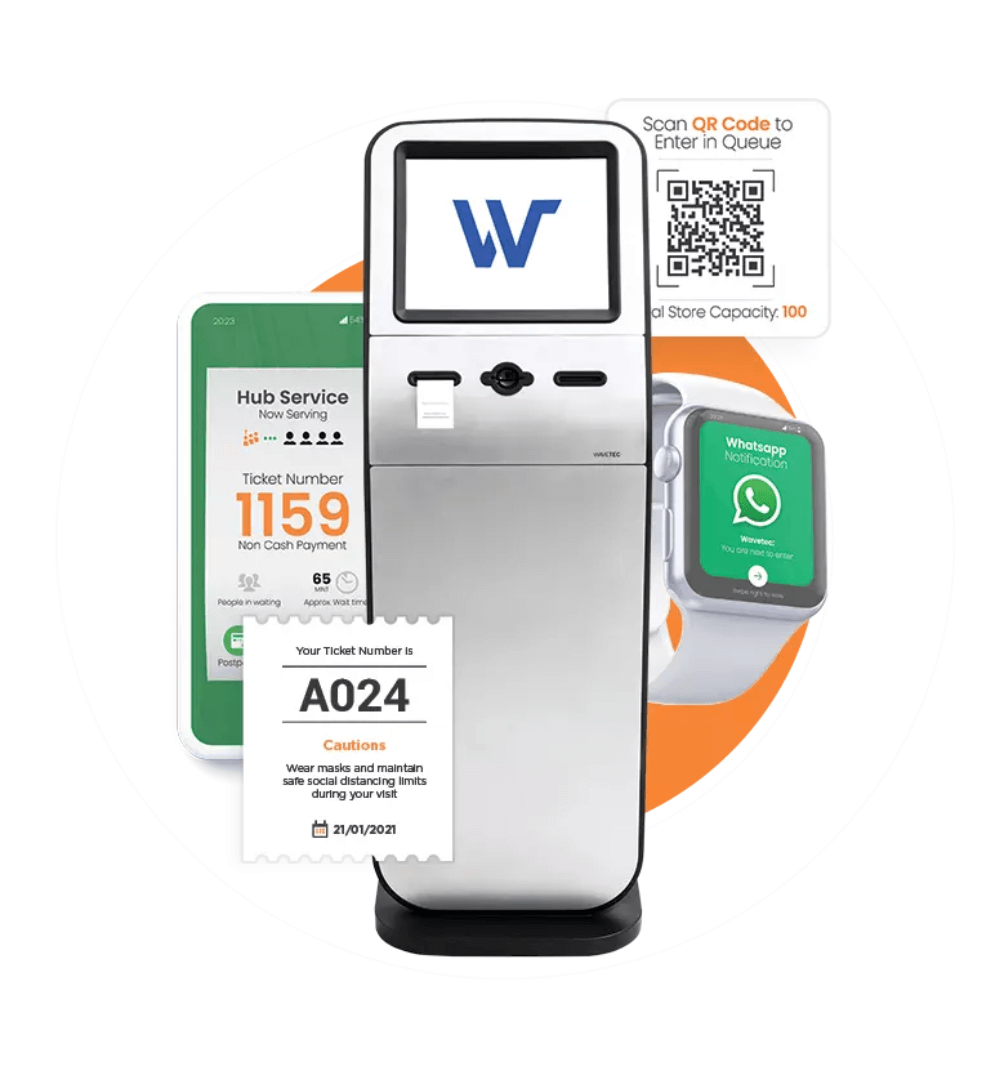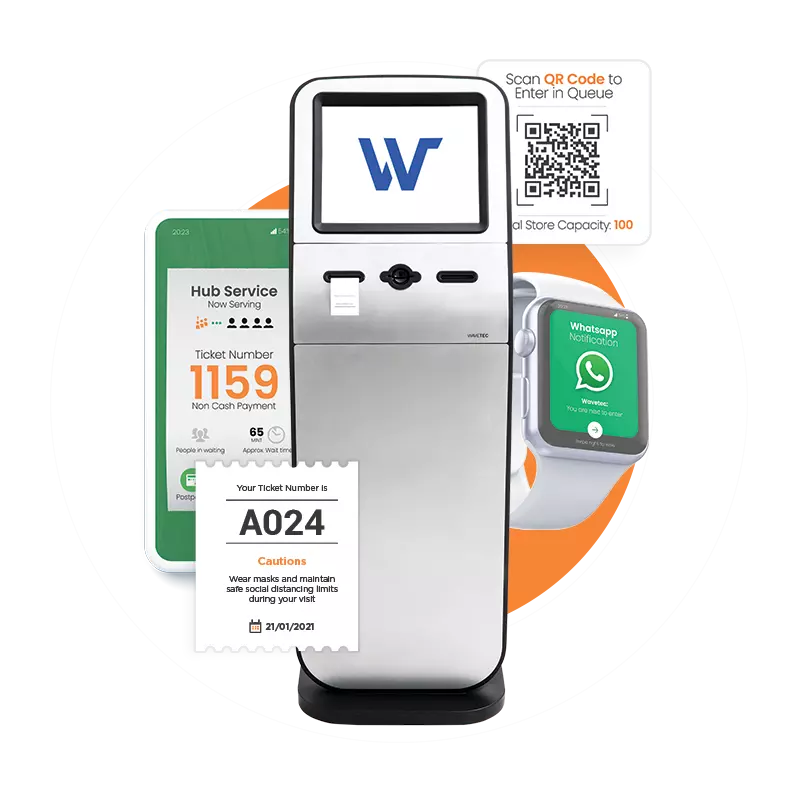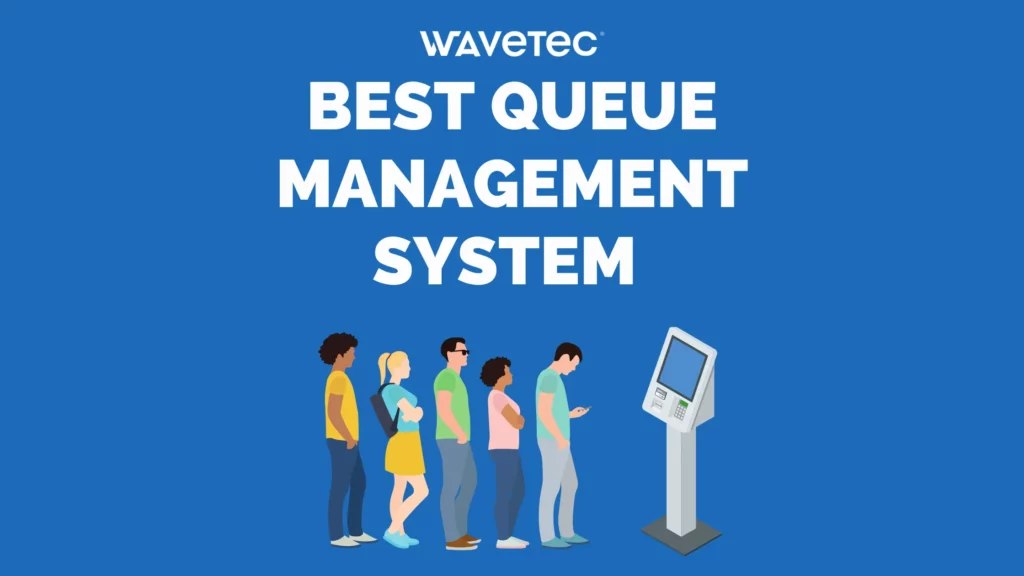How often have you waited in long lines and left frustrated without being attended to by a representative?
This is where queue management systems are crucial in organizing queues and improving the overall customer experience. These systems enhance customer flow and reduce bottlenecks.
Why let your customers go through the chaos when you can offer a seamless queuing experience?
In this blog, you will learn about the role of the queue management system. Selecting the right queue management system is based on multiple factors that will help you leave a lasting positive impression on your customers.
The integration empowers you to leverage the full potential of your technology stack and enables a unified view of customer interactions.
Let’s get into the details!
Statistics and Data:
Let’s look at the future of queue management systems in the global industry:
- The global queue management system market size, valued at $706 million in 2021, is projected to reach $1.4 billion by 2031, growing at a CAGR of 7.2% from 2022 to 2031.
- A Forrester survey in 2016 reported that 72% of respondents believed that respecting their time is the most crucial thing a business can do to give them exemplary service.
Key Factors to Consider

1. User Interface and Ease of Use
When considering a queue management system for your facility, keep in mind that the interface’s ease of use determines its acceptance among customers. You cannot give your customers a difficult system installed with the intention of easing a tiring queueing process.
From the customers’ point of view, the queue management system should be easy-to-navigate, with options to obtain a ticket, check the queuing status, and wait time. The staff should be able to navigate the dashboard to prioritize special cases and old customers.
2. Integration Capabilities
Installing a queue management system is challenging, so look for one that can be integrated with the facility’s existing infrastructure. The goal is to adopt queue management software that aids the staff members in managing queues.
The QMS should be compatible with a customer relations management system (CRM) and third-party apps with scheduling software. Additionally, it should be able to synchronize data seamlessly across platforms.
When a customer uses the QMS, the updated information should immediately be reflected in the CRM and appointment scheduling software. This ensures accurate and real-time customer records, preventing any confusion or discrepancies.
3. Customization Options
A QMS cannot be universally used with the same features and software. Thus, opt for a system that allows customizations and tailoring of the software. This lets you provide your business with a QMS that complements the branding and customer experience.
A customizable QMS is necessary for prioritizing customer needs based on your business requirements. A tailormade QMS helps you prioritize tasks and specific customers, such as VIPs or individuals with urgent concerns.
4. Scalability and Future-Proofing
An established QMS that is installed and running should the evaluated for its expansion capabilities. A scalable system should handle an influx of customers and their requests without compromising queuing wait time.
The only way to keep up with growing demands is to ensure that the QMS can be installed in additional service points and expanded to multiple locations.
So, look for a future-proof system that offers flexibility. It requires modular components that can be upgraded as the business requirements change. This allows you to add new features and accommodate emerging technologies in the system.
A future-proof queue management system includes channels such as online appointments, mobile check-ins, virtual queuing, and self-service kiosks. This omnichannel approach allows your customers to choose the most suitable technology according to their preferences.
5. Reporting and Analytics
Utilize the power of comprehensive analysis and reporting software in the QMS to transform raw data into meaningful information. Since the QMS collects information on consumer behavior, you can use it to study trends in customer behavior.
With peak-hour trends and insights on service demand, you can make informed decisions regarding staff scheduling and resource allocation. This data-driven approach maximizes efficiency and positively impacts the overall customer experience.
The major benefit of reporting and analytics is the real-time view of the queuing status and customer interactions. You can monitor wait times and queue lengths at any given moment and integrate it with linear queuing to manage customer flow.
6. Customer Experience Enhancements
To stay ahead of the competition, providing an excellent customer experience via a QMS will set you apart. Customers appreciate being in the loop of all communications and delays.
Modern queue management systems are equipped with digital signage displays which provide real-time information on wait times and service status. Besides this, these can display promotional content to keep customers engaged while waiting.
Understanding your customer’s pain points will give you a clear picture of the areas for improvement. Thus, choose a QMS with built-in customer feedback features. Customers can provide feedback through digital surveys, enabling businesses to gather insights and promptly address concerns.
7. Maintenance and Support
The success of a long-term investment as a QMS relies on the maintenance and upgrade of the system. Regular maintenance is needed to ensure that the system functions optimally. This identifies and resolves potential issues to minimize downtime and keep queues running smoothly.
Since technology is ever-evolving, multiple software updates help run the advancements on the QMS. A robust maintenance plan provides timely access to software updates, new features and security. Ensure that you have a trained staff to tackle troubleshooting problems immediately.
8. Cost and Return on Investment (ROI)
Finally, when considering a queue management system, know about the upfront investment, software licenses, hardware installation and cost of training. Although expensive, the long-term benefits outweigh the initial cost.
Customer satisfaction and engagement are the ultimate measures of the ROI goal. Since satisfied customers will likely return and leave positive reviews, expect higher sales!
Making the Final Decision

1. Narrowing Down Your Options
This task is tedious, so clearly identify your specific needs and objectives. Weigh in factors such as the size of your business, industry requirements, customer volume, integration capabilities, and desired features. This will help you create a comprehensive list of requirements that will guide you in evaluating different QMS options.
2. Seeking Recommendations From Industry Peers
Contact current clients of the QMS providers to gather feedback and more about their experiences. They can provide industry-specific tips on working and customization to see its performance in the sector.
3. Consulting With Stakeholders and Decision-Makers
Stakeholders and decision-makers will give a perspective into understanding specific requirements and aligning the QMS. To ensure comprehensive input, involve experts from different departments, such as operations, IT, customer service, and finance.
4. Requesting Detailed Proposals and Cost Estimates
Comparing the costs for the available features associated with each QMS option is important. This includes upfront investment, recurring fees, maintenance costs, and additional expenses for customizations or integrations. Balance the costs against each system’s features, benefits, and potential ROI.
5. Considering Long-Term Partnership Potential
A long-term partnership potential ensures adaptability to changing needs, continuous system improvements, and strong customer service. Such a provider prioritizes feedback and updates. A collaborative relationship fosters effective communication and a tailored experience, ensuring the QMS aligns with your evolving requirements.
Conclusion
With a multitude of queue management solutions available, how do you ensure you have the best one for your business?
Learn the key features of an ideal QMS that will allow integration, customization, and data collection on consumers. Consider a partnership potential with a return on investment.
Are you ready to choose a queue management system that will reduce wait times and increase satisfaction?
Get in touch with us today!
BOOK A FREE DEMO





